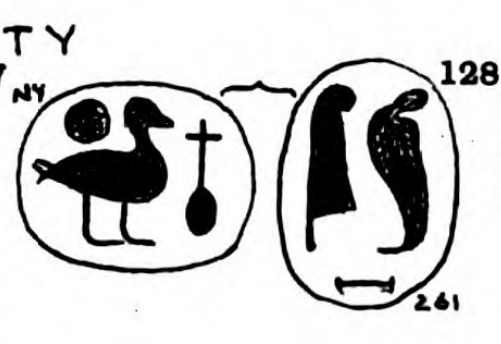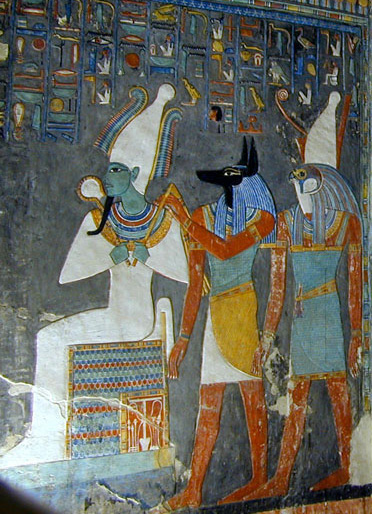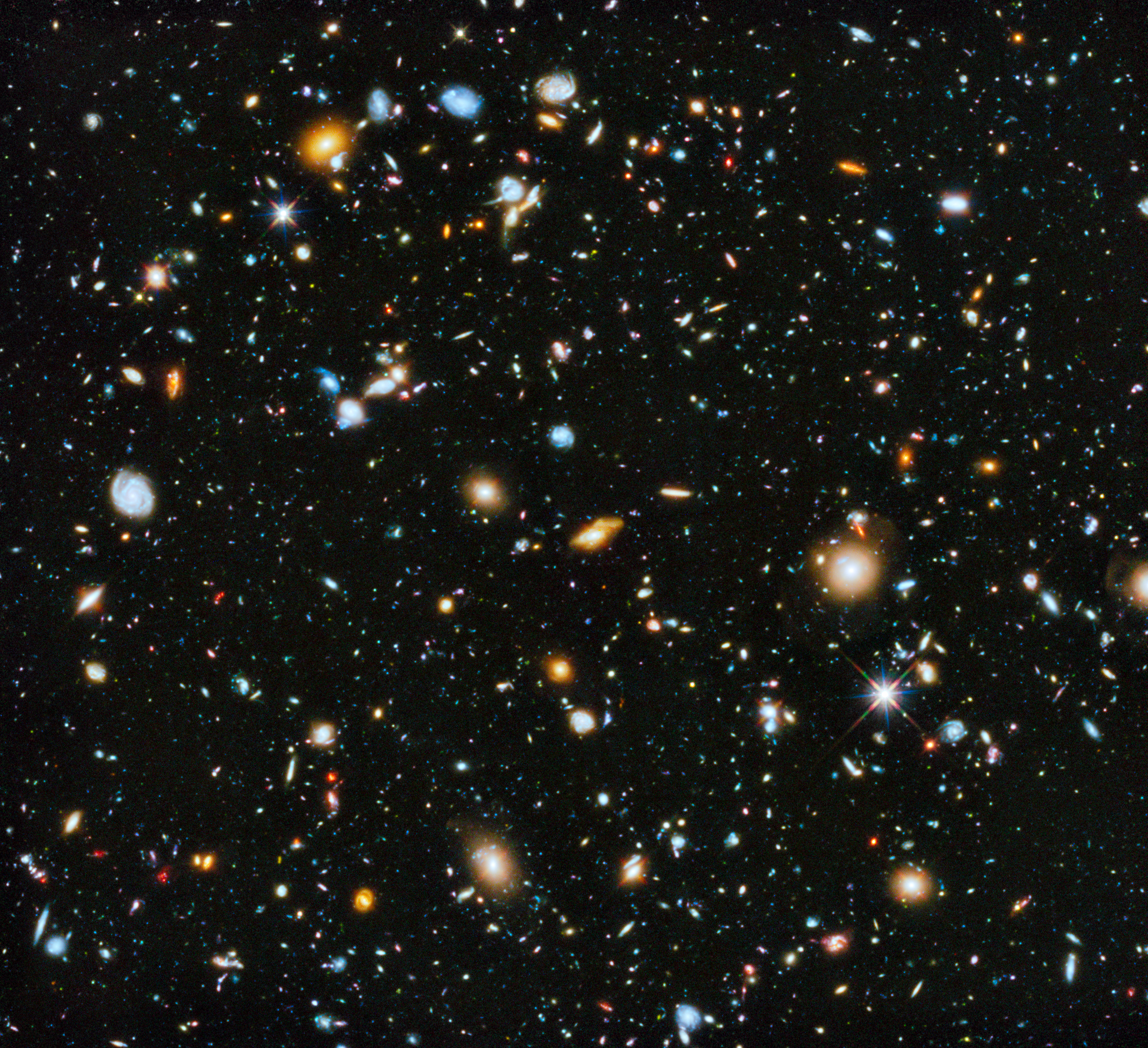|
Uraeus
drawing of a Uraeus The Uraeus () or Ouraeus (Ancient Greek: , ; Egyptian: ', "rearing cobra", plural: ''Uraei'') is the stylized, upright form of an Egyptian cobra, used as a symbol of sovereignty, royalty, deity and divine authority in ancient Egypt. Symbolism The Uraeus is a symbol for the goddess Wadjet.Egyptian-Gods She was one of the earliest Egyptian deities and was often depicted as a cobra, as she is the serpent goddess. The center of her cult was in Per-Wadjet, later called Buto by the Greeks. She became the patroness of the Nile Delta and the protector of all of Lower Egypt. The pharaohs wore the uraeus as a head ornament: either with the body of Wadjet atop the head, or as a crown encircling the head; this indicated Wadjet's protection and reinforced the pharaoh's claim over the land. In whatever manner that the Uraeus was displayed upon the pharaoh's head, it was, in effect, part of the pharaoh's crown. The pharaoh was recognized only by wearing the Uraeus, whi ... [...More Info...] [...Related Items...] OR: [Wikipedia] [Google] [Baidu] [Amazon] |
Eye Of Ra
The Eye of Ra or Eye of Re, usually depicted as sun disk or right ''wedjat''-eye (paired with the Eye of Horus, left ''wedjat''-eye), is an entity in ancient Egyptian mythology that functions as an extension of the sun god Ra's power, equated with the disk of the sun, but it often behaves as an independent goddess, a feminine counterpart to Ra and a violent force that subdues his enemies. This goddess, also known with the theonym Wedjat, can be equated with several particular deities, including Hathor, Sekhmet, Bastet, Raet-Tawy, Menhit, Tefnut, and Mut. The eye goddess acts as mother, sibling, consort, and daughter of the sun god. She is his partner in the creative cycle in which he begets the renewed form of himself that is born at dawn. The eye's violent aspect defends Ra against the agents of disorder that threaten his rule. This dangerous aspect of the eye goddess is often represented by a lioness or by the uraeus, or cobra, a symbol of protection and royal authority. ... [...More Info...] [...Related Items...] OR: [Wikipedia] [Google] [Baidu] [Amazon] |
Egyptian Cobra
The Egyptian cobra (''Naja haje'') is one of the most venomous species of snakes in North Africa. It averages roughly in length; the longest specimen recorded so far measured . Etymology and taxonomy ''Naja haje'' was first described by Swedish zoologist Carl Linnaeus in 1758. The generic name ''naja'' is a Latinisation of the Sanskrit word () meaning " cobra". The specific epithet ''haje'' is derived from the Arabic word ''ḥayya'' () which literally means "snake". The snouted cobra (''Naja annulifera'') and Anchieta's cobra (''Naja anchietae'') were formerly regarded as subspecies of ''Naja haje'', but have since been shown to be distinct species. The Arabian populations were long recognised as a separate subspecies, ''Naja haje arabica'', and the black populations from Morocco sometimes as ''Naja haje legionis''. A recent study found that the Arabian cobra constitutes a separate species, ''Naja arabica'', whereas the subspecies ''legionis'' was synonymised with ''N. ... [...More Info...] [...Related Items...] OR: [Wikipedia] [Google] [Baidu] [Amazon] |
Uraeus
drawing of a Uraeus The Uraeus () or Ouraeus (Ancient Greek: , ; Egyptian: ', "rearing cobra", plural: ''Uraei'') is the stylized, upright form of an Egyptian cobra, used as a symbol of sovereignty, royalty, deity and divine authority in ancient Egypt. Symbolism The Uraeus is a symbol for the goddess Wadjet.Egyptian-Gods She was one of the earliest Egyptian deities and was often depicted as a cobra, as she is the serpent goddess. The center of her cult was in Per-Wadjet, later called Buto by the Greeks. She became the patroness of the Nile Delta and the protector of all of Lower Egypt. The pharaohs wore the uraeus as a head ornament: either with the body of Wadjet atop the head, or as a crown encircling the head; this indicated Wadjet's protection and reinforced the pharaoh's claim over the land. In whatever manner that the Uraeus was displayed upon the pharaoh's head, it was, in effect, part of the pharaoh's crown. The pharaoh was recognized only by wearing the Uraeus, whi ... [...More Info...] [...Related Items...] OR: [Wikipedia] [Google] [Baidu] [Amazon] |
Wadjet
Wadjet (; "Green One"), known to the Greek world as Uto (; ) or Buto (; ) among other renderings including Wedjat, Uadjet, and Udjo, was originally the ancient Egyptian Tutelary deity, local goddess of the city of Dep or Buto in Lower Egypt, which was an important site in prehistoric Egypt. Wadjet's worship originally started in the Predynastic period, but evolved over time from a local goddess to a patron goddess. Wadjet was closely associated in ancient Egyptian religion with the Eye of Ra and the Eye of Horus symbols, each powerful protective deities.Wilksinson, Richard H. (2003) ''The Complete Gods and Goddesses of Ancient Egypt''. Thames & Hudson. p. 227 The hieroglyph for her eye is shown below; sometimes two are shown in the sky of religious images. There is little consensus on which eye is truly tied to Wadjet as both have some importance to her. The main differences between her eyes are which side of the face they are on, left or right. The color of these eyes in amul ... [...More Info...] [...Related Items...] OR: [Wikipedia] [Google] [Baidu] [Amazon] |
Two Ladies
In Ancient Egyptian texts, the "Two Ladies" (, sometimes anglicized ''Nebty'') was a religious epithet for the goddesses Wadjet and Nekhbet, two deities who were patrons of the ancient Egyptians and worshiped by all after the unification of its two parts, Lower Egypt, and Upper Egypt. When the two parts of Egypt were joined together, there was no merger of these deities as often occurred with similar deities from various regions and cities. Both goddesses were retained because of the importance of their roles and they became known as the ''Two Ladies'', who were the protectors of unified Egypt. After the unification, the image of Nekhbet joined Wadjet on the uraeus, thereafter, they were shown together as part of the crowns of Egypt. The Two Ladies were responsible for establishing the laws, protecting the rulers and the Egyptian countryside, and promoting peace. Usage in epithets The holiest of deities in the Egyptian pantheon usually were referred to by epithets or other ... [...More Info...] [...Related Items...] OR: [Wikipedia] [Google] [Baidu] [Amazon] |
Senusret II
Senusret II or Sesostris II was the fourth pharaoh of the Twelfth Dynasty of Egypt. His pyramid was constructed at El-Lahun. Senusret II took a great deal of interest in the Faiyum oasis region and began work on an extensive irrigation system from Bahr Yussef through to Lake Moeris through the construction of a dike at El-Lahun and the addition of a network of drainage canals. The purpose of his project was to increase the amount of cultivable land in that area. The importance of this project is emphasized by Senusret II's decision to move the royal necropolis from Dahshur to El-Lahun where he built his pyramid. This location would remain the political capital for the 12th and 13th Dynasties of Egypt. Senusret II was known by his prenomen Khakheperre, which means "The Ka of Re comes into being". The king also established the first known workers' quarter in the nearby town of Senusrethotep ( Kahun). Reign Co-regency Co-regencies are a major issue for Egyptologists' understandi ... [...More Info...] [...Related Items...] OR: [Wikipedia] [Google] [Baidu] [Amazon] |
Nekhbet
Nekhbet (; also spelt Nekhebet) is an early predynastic local goddess in Egyptian mythology, who was the patron of the city of Nekheb (her name meaning ''of Nekheb''). Ultimately, she became the patron of Upper Egypt and one of the two patron deities (alongside Wadjet) for all of Ancient Egypt when it was unified.Wilkinson, Richard H. (2003). ''The Complete Gods and Goddesses of Ancient Egypt''. Thames & Hudson. pp. 213–214. Mythology One of Egypt's earliest temples was the shrine of Nekhbet at Nekheb (also referred to as El Kab). It was the companion city to Nekhen, the religious and political capital of Upper Egypt, at the end of the Predynastic period (c. 3200–3100 BC) and probably, also during the Early Dynastic Period (c. 3100–2686 BC). The original settlement on the Nekhen site dates from Naqada I or the late Badarian cultures. At its height, from about 3400 BC, Nekhen had at least 5,000 and possibly as many as 10,000 inhabitants. Nekhbet was the tutelary de ... [...More Info...] [...Related Items...] OR: [Wikipedia] [Google] [Baidu] [Amazon] |
Per-Wadjet
Buto (, , ''Butu''), Bouto, Butus (, ''Boutos'')Herodotus ii. 59, 63, 155. or Butosus was a city that the Ancient Egyptians called Per-Wadjet. It was located 95 km east of Alexandria in the Nile Delta of Egypt. What in classical times the Greeks called Buto, stood about midway between the Taly ( Bolbitine) and Thermuthiac ( Sebennytic) branches of the Nile, a few kilometers north of the east-west Butic River and on the southern shore of the Butic Lake (, ''Boutikē limnē''). Today, it is called Tell El Fara'in ("Hill of the Pharaohs"), near the villages of Ibtu (or Abtu), Kom Butu, and the city of Desouk (). History Buto was a sacred site in dedication to the goddess Wadjet. It was an important cultural site during prehistoric Egypt (before 3100 BCE). The Buto-Maadi culture was the most important Lower Egyptian prehistoric culture, dating from 4000–3500 BC, and contemporary with Naqada I and II phases in Upper Egypt. The culture was best known from the site Maad ... [...More Info...] [...Related Items...] OR: [Wikipedia] [Google] [Baidu] [Amazon] |
Ancient Egyptian Deities
Ancient Egyptian deities are the gods and goddesses worshipped in ancient Egypt. The beliefs and rituals surrounding these gods formed the core of ancient Egyptian religion, which emerged sometime in prehistory. Deities represented natural forces and phenomena, and the Egyptians supported and appeased them through offerings and rituals so that these forces would continue to function according to '' maat'', or divine order. After the founding of the Egyptian state around 3100 BC, the authority to perform these tasks was controlled by the pharaoh, who claimed to be the gods' representative and managed the temples where the rituals were carried out. The gods' complex characteristics were expressed in myths and in intricate relationships between deities: family ties, loose groups and hierarchies, and combinations of separate gods into one. Deities' diverse appearances in art of ancient Egypt, art—as animals, humans, objects, and combinations of different forms—also all ... [...More Info...] [...Related Items...] OR: [Wikipedia] [Google] [Baidu] [Amazon] |
Buto
Buto (, , ''Butu''), Bouto, Butus (, ''Boutos'')Herodotus ii. 59, 63, 155. or Butosus was a city that the Ancient Egyptians called Per-Wadjet. It was located 95 km east of Alexandria in the Nile Delta of Egypt. What in classical times the Greeks called Buto, stood about midway between the Taly ( Bolbitine) and Thermuthiac ( Sebennytic) branches of the Nile, a few kilometers north of the east-west Butic River and on the southern shore of the Butic Lake (, ''Boutikē limnē''). Today, it is called Tell El Fara'in ("Hill of the Pharaohs"), near the villages of Ibtu (or Abtu), Kom Butu, and the city of Desouk (). History Buto was a sacred site in dedication to the goddess Wadjet. It was an important cultural site during prehistoric Egypt (before 3100 BCE). The Buto-Maadi culture was the most important Lower Egyptian prehistoric culture, dating from 4000–3500 BC, and contemporary with Naqada I and II phases in Upper Egypt. The culture was best known from the site Maad ... [...More Info...] [...Related Items...] OR: [Wikipedia] [Google] [Baidu] [Amazon] |
Deity
A deity or god is a supernatural being considered to be sacred and worthy of worship due to having authority over some aspect of the universe and/or life. The ''Oxford Dictionary of English'' defines ''deity'' as a God (male deity), god or goddess, or anything revered as divine. C. Scott Littleton defines a deity as "a being with powers greater than those of ordinary humans, but who interacts with humans, positively or negatively, in ways that carry humans to new Higher consciousness, levels of consciousness, beyond the grounded preoccupations of ordinary life". Religions can be categorized by how many deities they worship. Monotheism, Monotheistic religions accept only one deity (predominantly referred to as "God"), whereas Polytheism, polytheistic religions accept multiple deities. Henotheism, Henotheistic religions accept one God, supreme deity without denying other deities, considering them as aspects of the same divine principle. Nontheistic religions deny any supreme eter ... [...More Info...] [...Related Items...] OR: [Wikipedia] [Google] [Baidu] [Amazon] |





